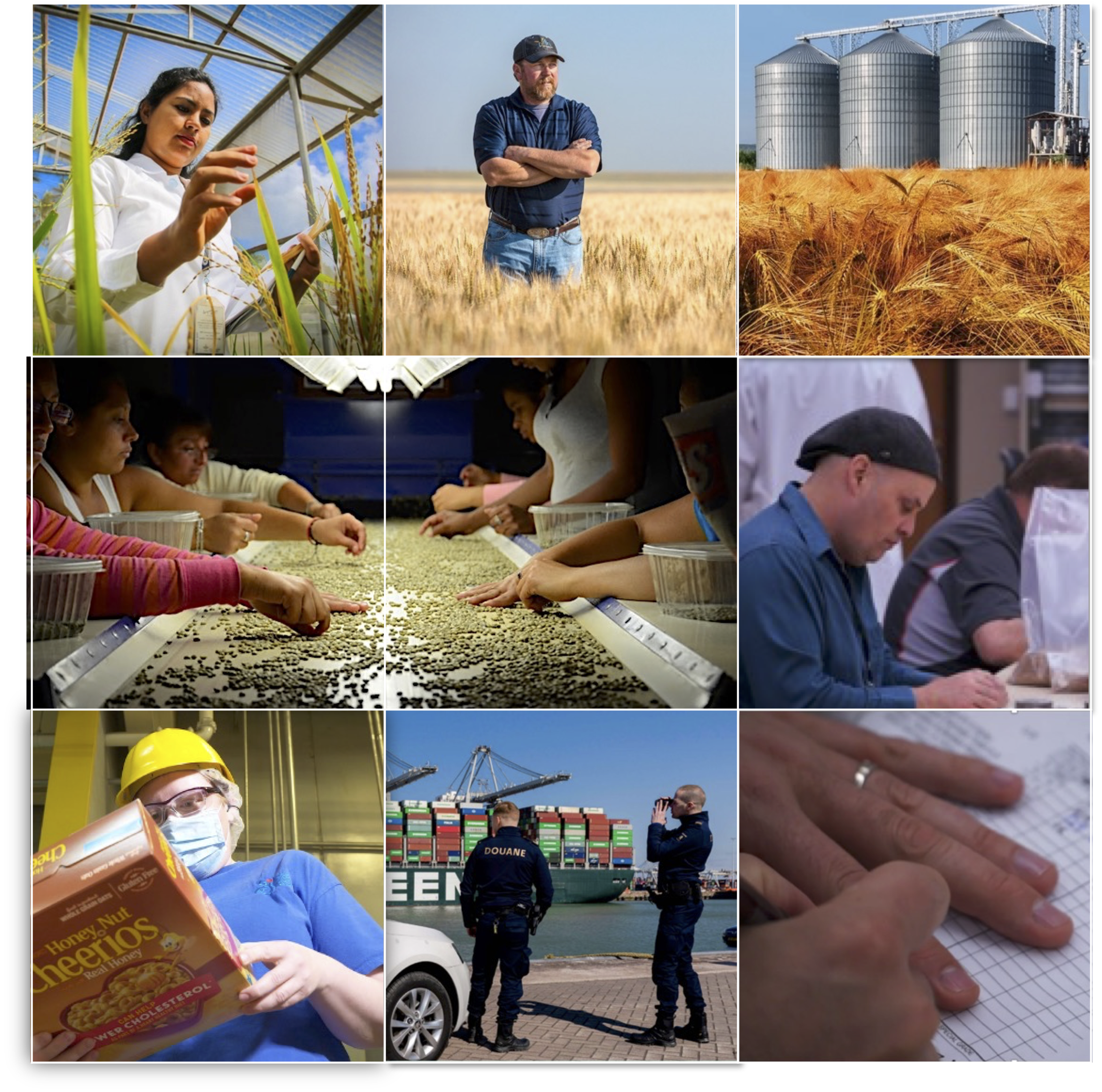Vibe Imaging Analytics
Many thanks to Harlen Lee / Nextspace for the introduction to Ron Hadar
Leveraging Machine Vision and Data Analysis for Agri-food and Beyond
Vibe Imaging Analytics (VIA) is revolutionizing the way food quality and safety are assessed across the supply chain, using cutting-edge machine vision and data analytics. Led by industry veteran Ron Hadar, VIA applies its deep technological expertise to replace traditional, manual inspection methods with highly accurate, automated solutions. By providing objective quality metrics, VIA helps businesses enhance food quality, safety, and cost control while reducing the human error inherent in conventional inspection processes.
Ron Hadar’s Journey in Technology and Entrepreneurship
Ron Hadar's career spans several decades in high-tech industries, where he has held pivotal roles, including stints at Applied Materials, MKS Instruments, and as a founder of Tenta Technology bootstrap company acquired by MKS Instruments. He has also founded Tigo Energy, a solar optimization company that was eventually traded on NASDAQ. After retiring and relocating to Capitola, Hadar was approached by Vibe as an angel investor and ended up acquiring and restructuring the business. His background in both technology and entrepreneurship made him the ideal candidate to guide the company through its next phase of growth.
Vibe’s mission of applying machine vision for better and safer food quickly resonated with Hadar. “It’s all about solving complex, real-world problems in ways that provide true value,” he shared in a recent interview. Under his leadership, Vibe has grown from a small Bootstrap operation into a promising player in the imaging analytics space.
Machine Vision: Changing the Game for Food Quality and Safety
At the heart of VIA's technology is its Vision-of-Things® platform, which provides fast, accurate and rich datasets for grading, phenotyping, process control and compliance. The system replaces outdated subjective manual inspections, providing much-needed accuracy and consistency in evaluating products. For example, VIA’s technology is already being used to assist in USDA Agricultural Research Service (ARS) stations across the USA, to detect and quantify disease infection in wheat for the development of new varieties with resistance to disease that might otherwise be inaccurately assessed. In another application, VIA has developed tools for rice quality assessment, including damaged grains detection, helping companies maintain high standards in food production.
Ron highlighted several successful projects where VIA’s technology had been deployed, including collaborations with clients such as Limagrain in Canada and South Africa, Lundberg Family Farm in California, and the US Wheat Marketing Center in Portland, Oregon. VIA’s system facilitates the creation of standardized quality indices and communication tools that enable suppliers to more effectively monitor, manage, and communicate food quality throughout the supply chain. A prime example of this is VIA’s work with USDA's Fusarium disease detection system, a project that demonstrates the company’s ability to create solutions adaptable to different industries and use case needs.
Scaling Challenges and Strategic Growth
As VIA continues to make strides in the agri-food supply chain, it faces the challenge of scaling its operations. The company currently services a small base of clients, including General Mills, Corteva and Bayer, but with a clear potential for larger deployments. However, Hadar emphasized that scaling up should be done cautiously. "We’re not looking for explosive growth right now,” he said. “It’s about building a strong foundation, which includes the right sales force and funding to support our growth."
Vibe has received some external funding, such as a $500,000 check from a contact in the Silicon Valley. But despite the need for more resources, Hadar is adamant about avoiding overextending too quickly. He prefers a gradual, organic growth model over large-scale funding rounds, as he believes this approach allows for better market understanding, customer satisfaction, and more sustainable growth.
Expanding Beyond Agri-Food Markets
Vibe Imaging Analytics’ technology, while initially focused on food quality and safety, has potential applications far beyond agriculture. With Hadar’s background in semiconductor and solar energy, and his experience with market validation, he’s already considering how to apply VIA's technology to other industries, including biotech. “The possibilities are endless,” he said, “but we need to be patient about how we branch out to ensure we’re serving the right markets at the right time.”
The company is also exploring the possibility of licensing its technology to other businesses, providing them with the tools to implement VIA's machine vision systems in their own operations. However, Hadar notes that such opportunities must be pursued with careful consideration of bandwidth and expertise to ensure the technology is applied effectively.
Looking Forward
Vibe Imaging Analytics is in a unique position to shape the future of food safety and quality inspection. With a visionary leader at the helm and a technology platform that delivers tangible results, VIA is well on its way to becoming an industry leader in machine vision and data analysis. Whether by scaling its current operations or venturing into new markets, the company’s ability to provide innovative, high-quality solutions will continue to drive its growth and success.





